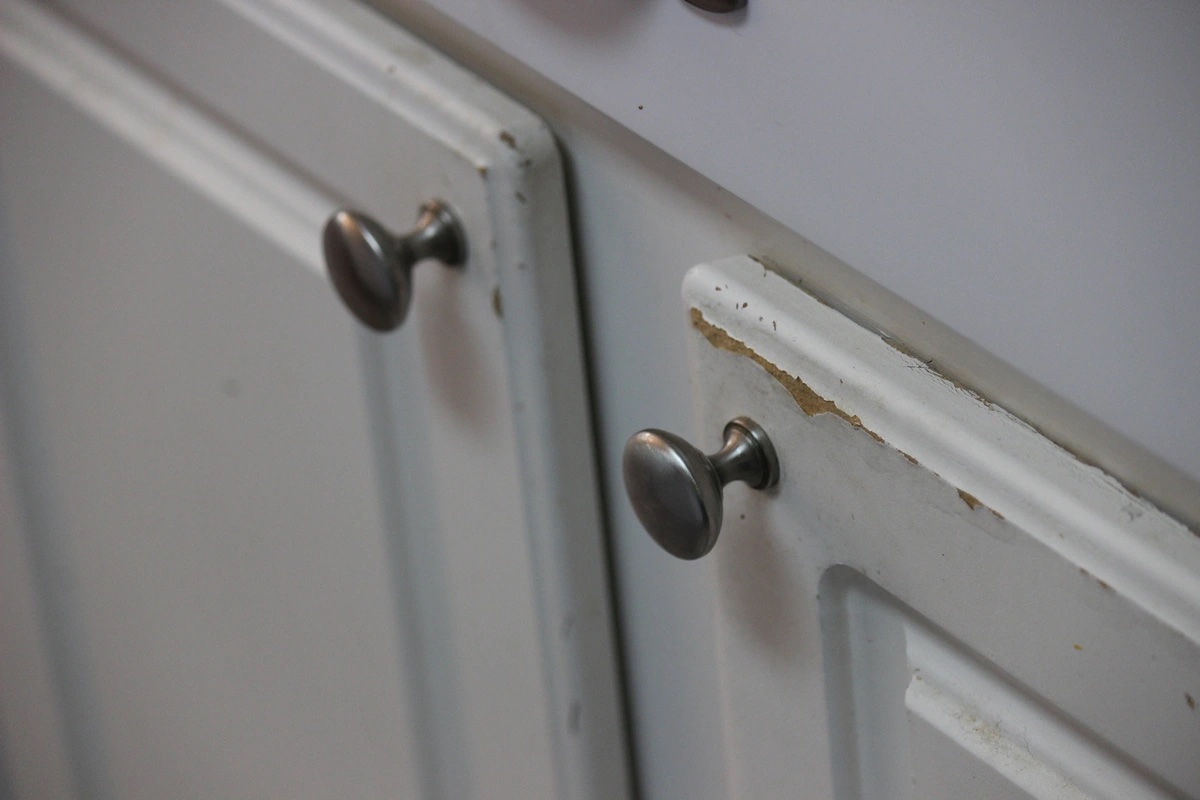At Oracle Property Solutions, one of the most common and often debated topics we navigate with both property owners and tenants is: What exactly is considered normal wear and tear?
Search the phrase online and you’ll find hundreds of articles—many written by tenants disputing damage charges after move-out. The reason? There’s no universal definition. Instead, it's a combination of state laws, industry standards, and subjective judgment—especially when disputes end up in court.
Is There a Legal Definition of Wear and Tear?
While many states refer to the Uniform Residential Landlord Tenant Act (URLTA) for guidance, even that leaves a lot of room for interpretation. Laws vary by state, and judges may rule differently on similar cases.
Here is the link specify for MD law regarding Wear and Tear!
The bottom line: as a property owner, it’s critical to understand the general differences between normal wear and tear and actual damage—because these distinctions directly impact how security deposits are handled.
Understanding Normal Wear and Tear vs. Damage
Here are some general guidelines that can help distinguish between acceptable wear and tear and tenant-caused damage:
✅ Normal Wear and Tear
These are minor signs of aging and everyday use of the property over time:
Light scuffs or faded paint
Worn door locks
Loose or slightly worn wallpaper
Carpet showing signs of wear, especially in high-traffic areas
Linoleum or flooring showing age but not damage
Factors that impact this include:
Length of tenancy
Original condition of the property
Tenant’s lifestyle
Quality of materials used in the unit
❌ Actual Damage
These are avoidable issues or neglect that result in costly repairs:
Large holes or gouges in the walls
Stained, torn, or burned carpet
Torn or marked wallpaper
Broken doors, locks, or appliances
Unapproved alterations
Leftover trash, personal items, or abandoned furniture
Why Is This Line So Blurry?
Because it often comes down to perception. What a tenant views as ordinary use, a property owner might see as damage. That’s why Oracle Property Solutions emphasizes documentation, communication, and clarity from the beginning.
How We Help Property Owners Stay Protected
Here’s how we help reduce misunderstandings and protect your property:
📸 Detailed Move-In Documentation
We complete thorough property inspections—with photos—before a tenant moves in. This creates a clear baseline for assessing condition at move-out.
📝 Transparent Lease Agreements
Our leases outline security deposit policies, expectations for move-out condition, and tenant responsibilities. This gives everyone a clear understanding up front.
💬 Proactive Tenant Communication
We counsel tenants on what condition we expect the property to be in when they leave. By setting the tone early, we reduce the chance of conflict later.
🧹 Delivering a Clean Property
We ensure your rental is in top shape at move-in. This makes it much easier to identify any changes caused by the tenant and fairly assess any damages. Of course some owners can also only update some items which can also make it hard to determine who caused the damage or what was previously identified as normal wear and tear.
Common Sense and Clear Expectations Win Every Time
Ultimately, some wear and tear is unavoidable—it’s part of being a landlord. But a common sense approach combined with smart documentation and proactive communication can go a long way in protecting your investment and avoiding unnecessary disputes.
Let’s Protect Your Property—Together
At Oracle Property Solutions, we guide our property owners through the gray areas so they can make informed decisions and maintain positive tenant relationships. Want to know how we handle security deposits, inspections, and repairs? Let’s talk.


